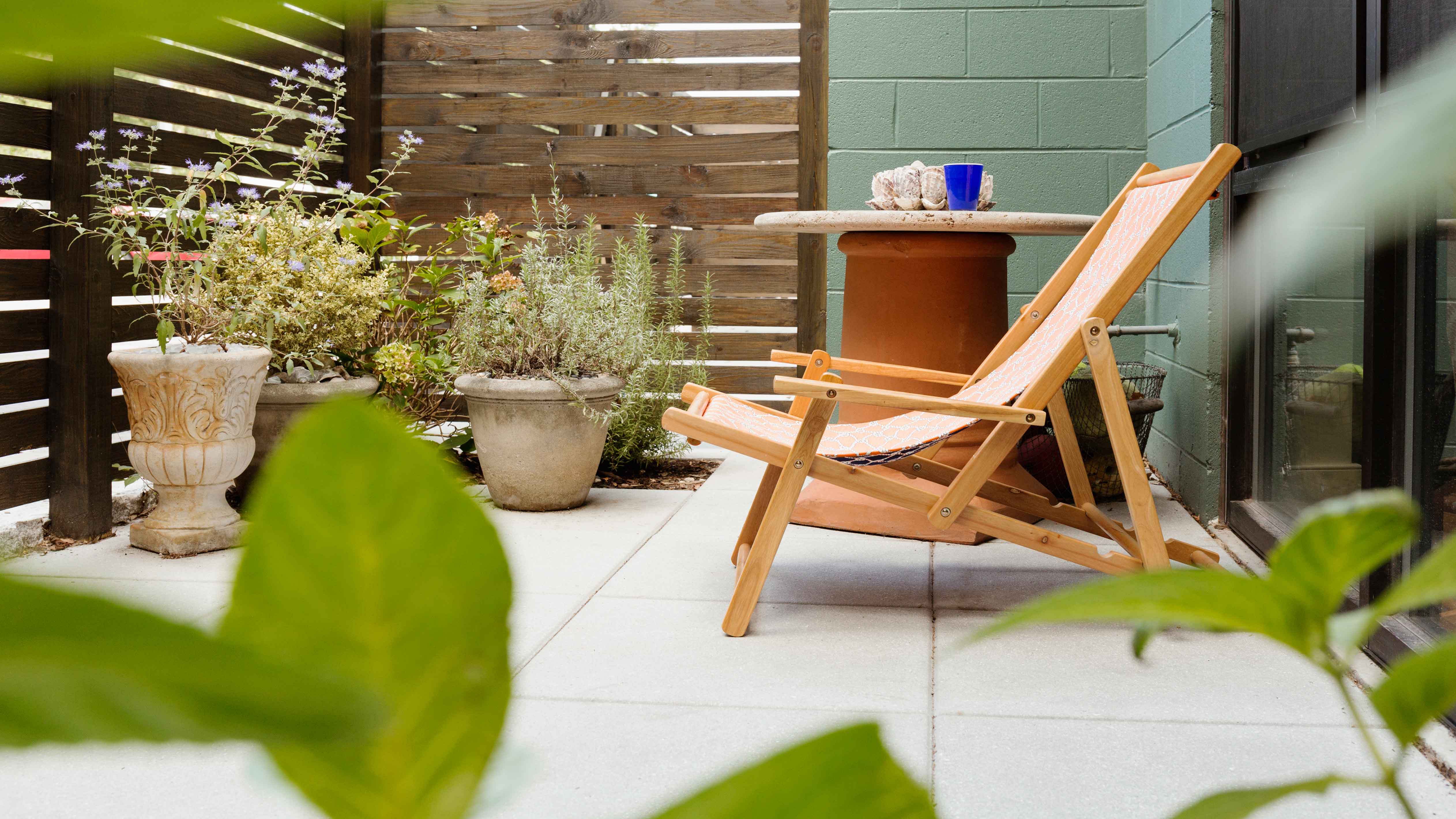
Learn how to lay a patio yourself to enjoy a great looking feature that suits the style of your yard perfectly. With our easy step-by-step method, you don’t need to call in the professionals to install a patio on a grassy or other area of your backyard space. And, in no time at all you'll have the perfect spot for wining, dining and relaxing in.
Laying a patio is a straightforward job for a keen DIYer, and is a task you could do over a weekend. The only catch is that you might need a friend to help you lift the pavers into place, whether you're working with big or small patio pavers.
We’ve got all you need to know to install a patio in our guide, including how to prepare the ground and lay the sub-base. We’ll even let you into the secret of laying pavers without cement...
- Find the best patio ideas in our edit for when it's time to decorate your space.
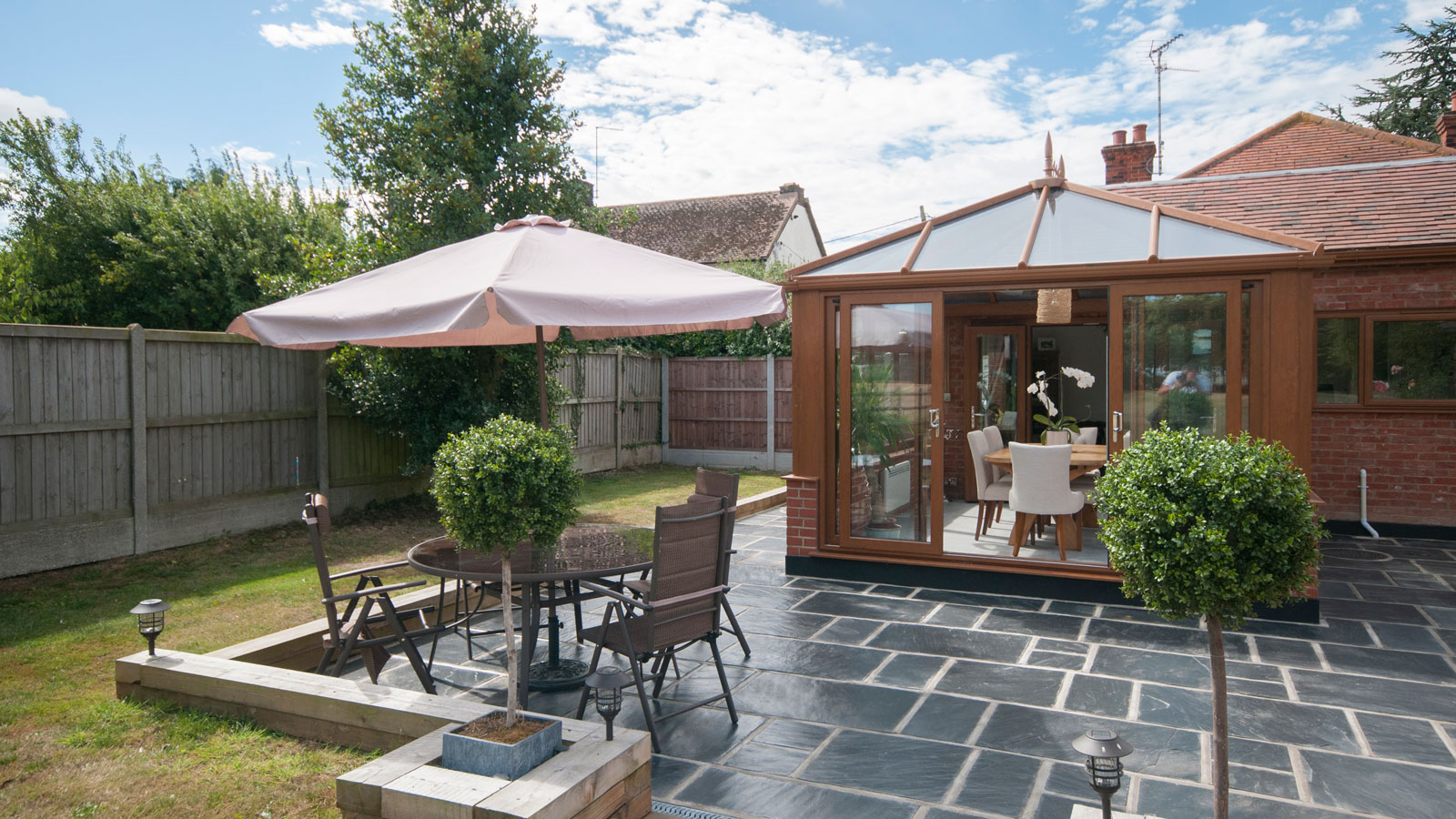
How to lay a patio step-by-step
You will need:
- A spade
- A trowel
- A rubber mallet
- Building tape
- Wooden pegs (optional)
- Sub base aggregate
- Building sand
- Cement
- Slurry Primer (optional)
Safety notice: As mentioned, some paving slabs are extremely heavy and you may need help lifting them. You'll also find the job easier if you wear knee pads.
1. Measure and mark up the area
To start installing your patio pavers, you’ll need to measure and mark out the area with tape to show where the patio will be and to dig out the soil there.
2. Prepare the ground for pavers
If the area is currently lawn or long grass, it’s worth cutting the turf into strips using a spade and then rolling it up. This way, you can save it to fill any gaps between the new patio and the lawn when you’re done.
Dig out an area 150mm deep – that's 10cm for your sub base, and 5cm for your mortar and paving slabs. If your slabs are very thick, allow a little extra depth. If you are laying directly next to the house, the finished patio should be at least 150mm below the damp proof course.
3. Prepare the underneath of paving slabs with a sub-base
You do need to put something under paving slabs. Paving slabs should not be laid directly on to soft ground or grass. What’s crucial to patio laying success is a sub-base to provide the support paving slabs require.
You'll need a sub-base, which is the main load-bearing layer of your patio. The best sub-base for a patio is hardcore laid to the correct depth, along with a binding layer of sand. The pavers should then be laid on mortar made using sand and cement.
To do this, fill the bottom of your patio area with the sub-base and rake to an even depth of 50mm, then compact – you can do this by just walking over it (or you can hire a vibrating plate compactor), ensuring that you cover the entire area twice.
4. Check your base over
Cover with a thin layer of builder's sand. It's really important your base is completely flat and level at this point, so check that now. Note: You will need a layer of sand around 2 inches (50mm) deep above the layer of hardcore when you’re laying pavers.
- Ensure your terrain is prepped with our guide on how to level a garden,
5. Make up the mortar
Next, make your mortar by mixing five parts builder's sand with one part cement and adding enough water to create a dough-like consistency. It shouldn't be runny, but just soft enough to work with.
- Getting messy? See how to clean a patio when you're done.
6. Prep your paving slabs
Dampen your paving slabs by spraying them with water from a spray bottle or lightly sprinkling them from a watering can. If you lay dry slabs, they'll dry out the mortar mix too quickly.
7. Start paving
Using a trowel, place a dollop of mortar where the centre of your first slab will go. Always start in a corner and work outwards. Place the slab on top of the mortar and gently tap in with a mallet. Continue laying your slabs in rows, leaving 10mm gaps between them. For installing porcelain paving, it’s vital to use a slurry primer, which should be painted onto the entire base of the paver.
- Find all our garden paving ideas for more decorative inspo.
8. Level up as you go
As you go along, check that the paving slabs are level by placing a spirit level over them. It's much easier to correct any unevenness now.
9. Leave time to dry
Leave to dry for at least 24 hours and do not walk over the patio.
10. Finish the job
Once dry, finish your patio by filling in the gaps with more mortar. Mix more sand and cement in the 5:1 ratio, but do not wet, or it will stain your slabs. Fill in the gaps with the mixture using your trowel. Brush away any excess mixture from the surface of your patio.
- Now you've done the hard work, make sure you keep your patio looking on point with the best patio cleaners.
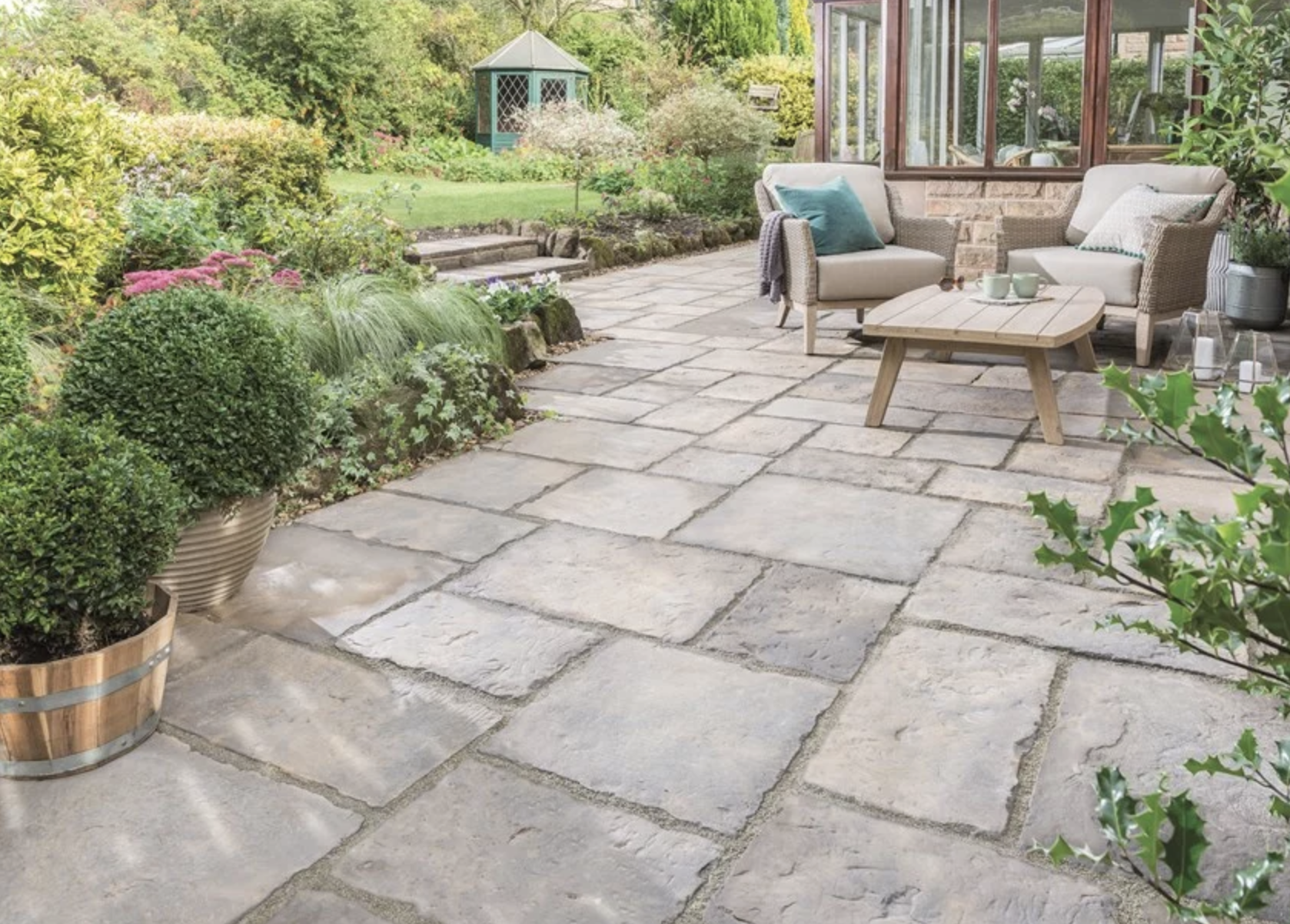
Can you lay a patio without cement?
It is possible to lay a patio without cement as an alternative, provided you choose an area of the yard that’s well drained, firm and level. Scroll down to get the lowdown. You can lay a patio by putting the pavers on to sand rather than on to a mortar mix made using sand and cement. For a patio laid this way choose a well-drained area.
Using a spade, dig out the chosen area to about 6 inches (150mm) and level it.
Lay road base/hardcore to a compacted depth of 2 inches (50mm), then repeat to create a 4 inch (100mm) sub base. On top, lay a 2 inch (50mm) layer of sharp sand.
The patio slabs should then be laid, leaving a small gap between them. Fill the gaps with sand using a broom to sweep it into the spaces so they’re filled. Spray the patio with water, and let the sand settle.
As spaces appear fill them with more sand as before, and do so again after a week or so.
- See all our garden landscaping ideas.
How to lay a patio next to a building
If you're laying a patio next to your house, you will need to create what's known as a fall – meaning that your patio will need to be slightly sloping to allow water to drain away from your house and not collect by walls.
This is done by inserting wooden pegs in a grid where you sub base will go, ensuring that the pegs go in between 12 and 16mm deeper for every metre away from the house. Pre-mark the pegs with a marker to make sure your measurements are correct.
Then, at the sub base filling stage, make sure the aggregate just covers the tops of the pegs.
- How to lay decking for another spot in your backyard.
How to lay paving slabs in a pattern
If not all of your slabs are the same size and/or shape, or you want an unusual pattern, always do a dry lay first – lay them out exactly how you want them on your lawn. Never lay an unusual paving pattern straight onto your base, as you're almost guaranteed to make a mistake.
All in a weekend's work 👏
- Find more garden ideas at our dedicated page.
- Find more garden ideas at our dedicated page.
- Find more garden ideas at our dedicated page.
Join our newsletter
Get small space home decor ideas, celeb inspiration, DIY tips and more, straight to your inbox!
Anna is a professional writer with many years of experience. She has a passion for contemporary home decor and gardening. She covers a range of topics, from practical advice to interior and garden design.
-
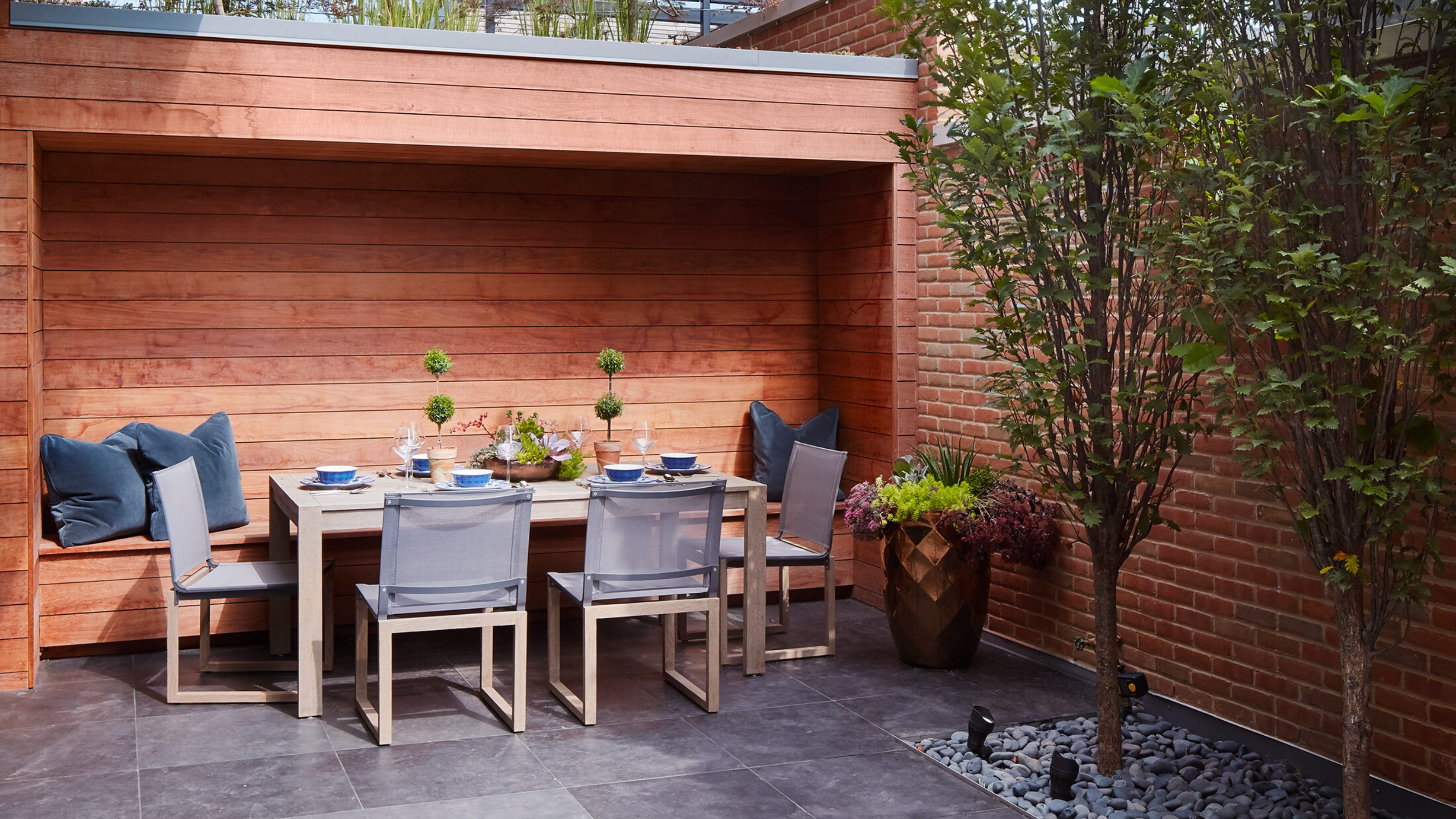 Impactful landscaping ideas for small backyards that will transform your space — 10 ideas to inspire
Impactful landscaping ideas for small backyards that will transform your space — 10 ideas to inspireFrom wood paneling and a lick of paint to planters and fire pits, our landscaping ideas for small backyards will refresh your space
By Sophie Warren-Smith Published
-
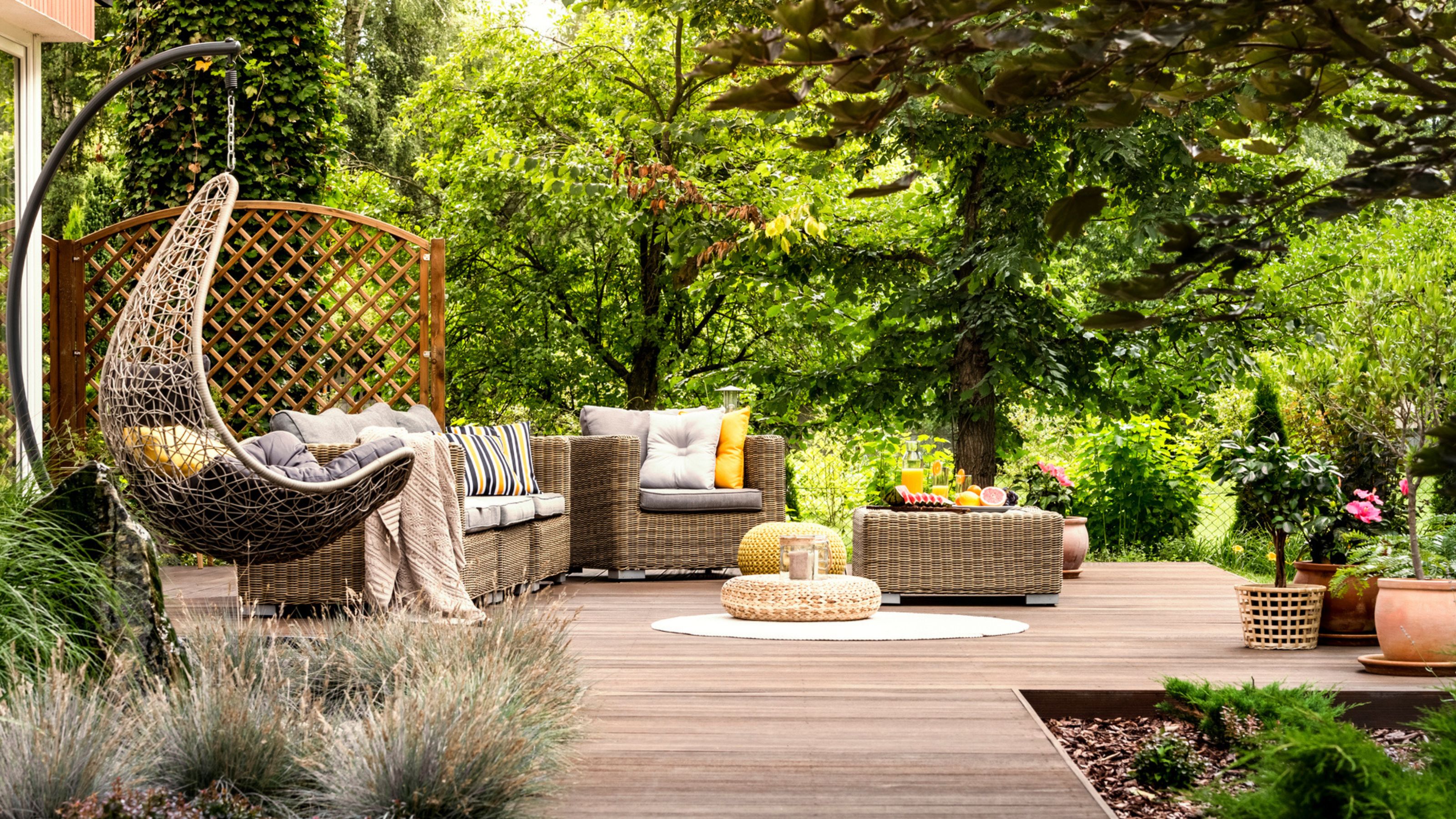 Patio privacy mistakes — 7 errors to swerve when creating a secluded space, plus how to fix them
Patio privacy mistakes — 7 errors to swerve when creating a secluded space, plus how to fix themWant to know the patio privacy mistakes you should avoid? We've asked landscaping and gardening experts what to swerve and how to fix them
By Eve Smallman Published
-
 The 2024 sustainable landscaping trend is the only one worth trying, gardening pros reveal
The 2024 sustainable landscaping trend is the only one worth trying, gardening pros revealLooking for a new landscaping trend to try? We've asked designers for their top one for 2024, plus picked out essentials to help you get started
By Eve Smallman Published
-
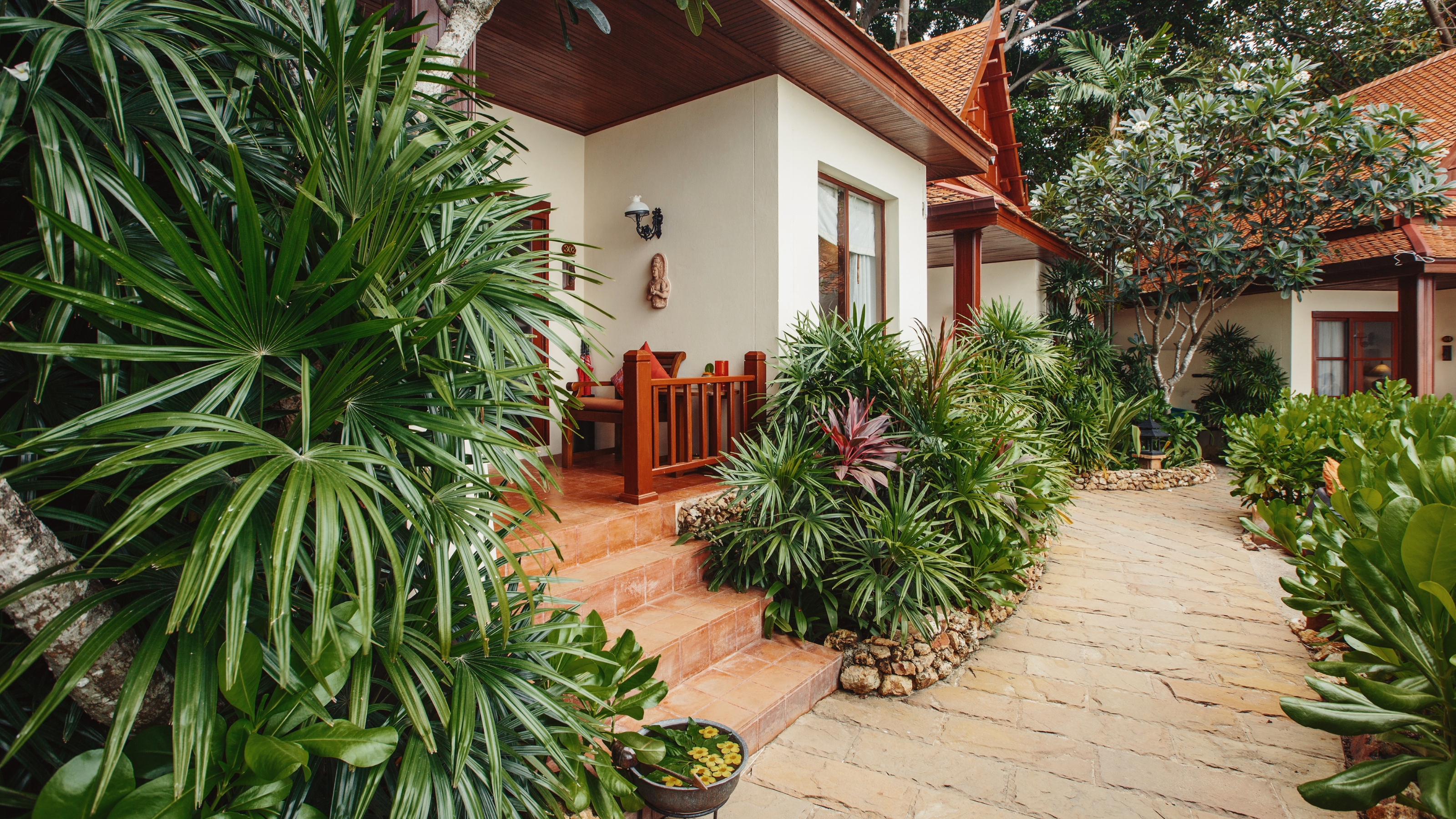 These 6 tropical landscaping ideas will give your space a resort feel
These 6 tropical landscaping ideas will give your space a resort feelOur tropical landscaping ideas will uplift your backyard with water features, lush plants, vibrant shades, and tactile materials in bright colors
By Sophie Warren-Smith Published
-
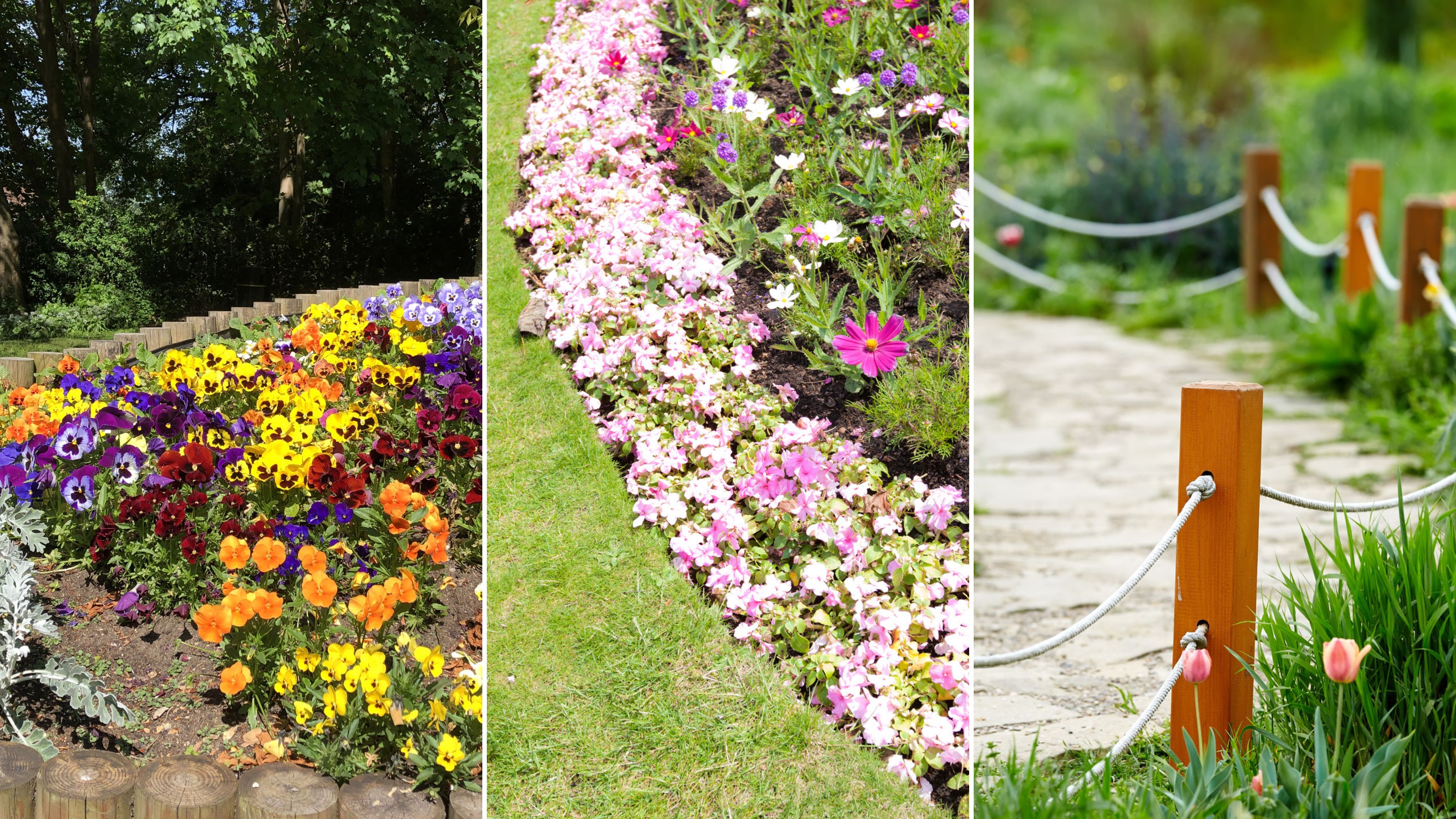 14 lawn edging ideas that will add definition and style to your backyard
14 lawn edging ideas that will add definition and style to your backyardWant to neaten up your lawn with lawn edging ideas? From fresh flowers to laidback bricks, we've scouted out materials and styles that look brilliant
By Eve Smallman Published
-
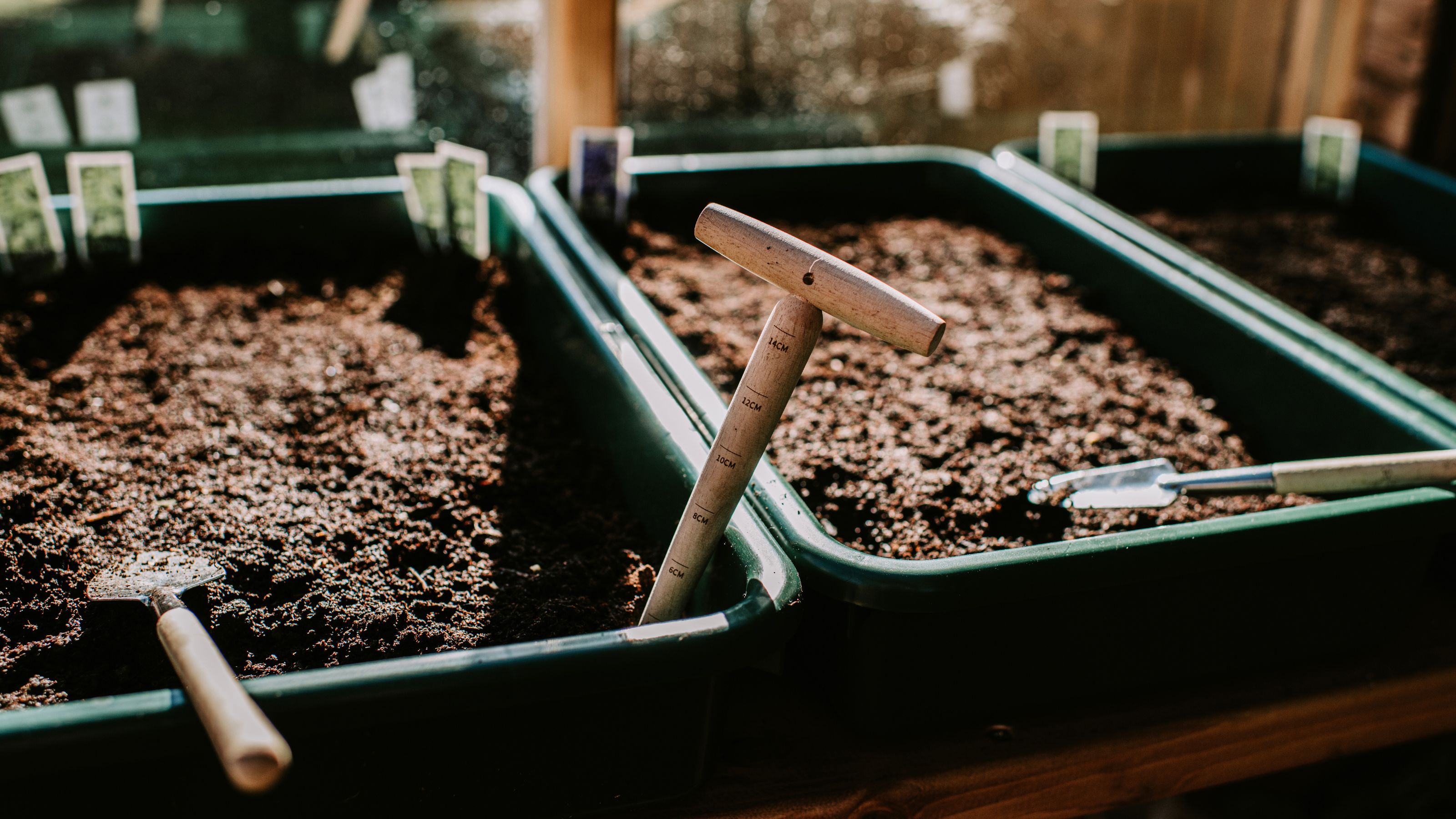 How to make compost — 8 easy steps gardening pros always use
How to make compost — 8 easy steps gardening pros always useLearn how to make compost at home in seven easy steps, whether you have a bin or want to create a compost heap. We've asked pros for their top tips
By Eve Smallman Published
-
 Planting ornamental grasses — the best types experts love and how to grow them
Planting ornamental grasses — the best types experts love and how to grow themWe've got you covered on planting ornamental grasses, speaking to experts about what ones to grow, how to grow them, and factors to consider
By Eve Smallman Last updated
-
 15 budget-friendly paver patio ideas from the pros — perfect for stylish small spaces
15 budget-friendly paver patio ideas from the pros — perfect for stylish small spacesExpert-led paver patio ideas to transform your small outdoor space including gravel, grass, and much more
By Rosie Hilder Published